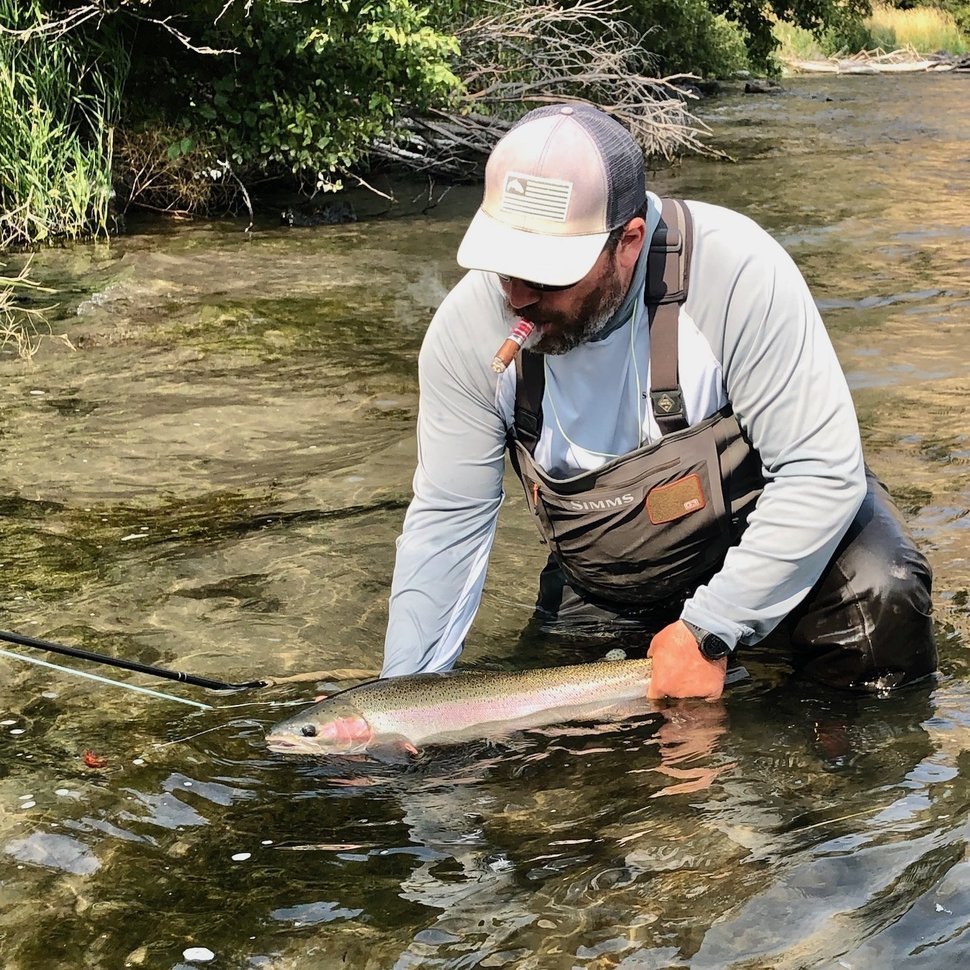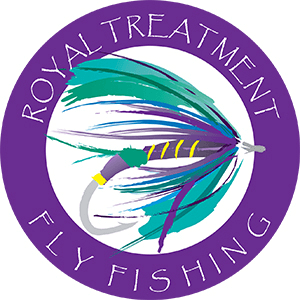Moscow Mule? Ask the Oracle

Ok, Mr. Oracle, Can you tell me the perfect recipe for a Moscow Mule to sip or drink swiftly on the river? Cheers, The Big Guy
Andy,
What a tasty question and one that you’ve probably experienced on our camp trips. Sadly it’s changing from clear liquor season and now turning to bourbon season.
All summer long, a Moscow Mule is my go-to river drink. I make a simple river version that minimizes cleanup and ingredients. My ingredient list is simple ginger beer (I get the fever tree ginger beer in small cans. They are the perfect size for one cocktail.), vodka (I like Tito’s), and Roses lime juice.
I normally make it in a 20oz Tumbler filled it with crushed ice, or I break chunks off of my blocks. Then I add one 5oz can of Fever Tree Ginger beer. Use the whole thing, as it’s the perfect size for the cocktail.
I don’t normally bring a shot glass or a jigger to measure my pour with, so I do a slow pit with a count of 5. I guess it’s about 2.5oz. Top it off with about 1.5oz of Roses Lime Juice. I also guess the amount, but it’s a large glug from the bottle and typically that tops the drink off and the glass is pretty full.
Give it a good stir, and you’re ready to go. Take a big drink, and enjoy! If you want something a little different, you can swap the vodka for bourbon and have a Kentucky Mule.
Mr. O,
I need clarification on euro nymph in-depth control. I run a 5 to 6-foot tippet to my dropper and 18 to 24 on my point fly. Should I or can I ever sink my sighter in a deeper run along riprap bank? Or will my flies fish just fine straight under my rod tip that well off the bottom? You told me before not to and that I’m fishing too deep once.
Kevin L
Kevin,
There is a lot of unknown or untried things with Euro Nymphing.
My typical tippet setup is basically the same as what you describe. Depending on the river and the depth, I run 4’-6’ from my sighter to my dropper and then 24” from dropper knot to point fly. I feel like if they are spaced out a little more, you up your odds of a double.
I run a long leader that is thin. I’m not fishing in competitions so I’m not restrained by those regulations. I like 30-36’, yes you read that correctly, thirty feet of leader. I typically use something bright like Amnesia 6lb. Sometimes I run heavier, and sometimes, I run lighter. Then I add my sighter. On my leaders, I run a two-sighter setup, 2’ of hi-vis and 2’ of two-tone. That does two things for me; first, it helps me see when I am lifting my line off of the water that I’m almost to the two-tone sighter and it’s time to slow down. Secondly, when I’m fishing and I need to get deeper, I can sink the first sighter and I add 2’ of depth. If I feel I need to get really deep, I can sink both of them and watch the end of the leader.
I think that whatever tactic you try, and you can make it work and repeat it, you are doing something right. Keep experimenting and trying new things. Just because it works for me doesn’t mean it’s not right for you.
Mr. Oracle:
Both, Comfort me and Confuse me in regard to your intuitive perspective about the nagging question regarding fly tying materials and fly colors (I.e., trout , steelhead, salmon). What colors do I use?
Jeff H
Jeff,
Bad news, I don’t think my answer is going to satisfy you. Pretty sure it won’t be comforting and will definitely be confusing. There’s not enough time to dig deep into this, but I’ll share some thoughts.
This is a very broad question, and there is no easy answer. So let’s break it down into a couple of categories, and let me see if that helps a little.
So for trout, it’s a little more straightforward. For the most, I use more natural colors and try to match the hatch. If I’m fishing attractor patterns, I will typically fish colors that are appealing to the eye and typically not overly flashy. Olive and Orange is a go-to color combo for me.
For steelhead, it's actually much more simple. In the winter, I pretty much fish a bright fly and a dark fly. I have three go-to color combos, black and blue, red and orange, and pink and orange. I try to keep it simple and not make it overly complicated. And my decision on which to fish is pretty basic. I fish the opposite of what you are using. If you’re using black and blue, I fish red and orange.
For summer steelhead, I mostly fish small hair-wing flies. I more or less have three flies that I fish. I like flies, typically with hot butts and bright colors or dull, drab colors. I fish purple bodies with pink or chartreuse butts, typically with white wings. I also fish natural-colored flies, typically with olive bodies, and if I’m getting crazy, I will add a hot orange butt to it for a little contrast. If I’m fishing a sink tip, I typically fish a red and orange tube fly, and when it becomes late fall, I fish a black rabbit tube fly with an orange cone head.
Now all of that being said, that is what I use and what I have confidence in. It’s been proven for me and what I like. I mostly fish simple flies with a minimum of materials. I like flies that I can tie quickly and don’t care about losing. Now don’t get me wrong, I love beautiful, intricate, ornate flies, and I feel like all fish deserve the best. But I also want flies that work and fish the way I want.
I hope this at least gets the conversation started and gives you some things to think about. And explore and experiment for yourself and find what works best for you.
Love,
The Oracle





Comments